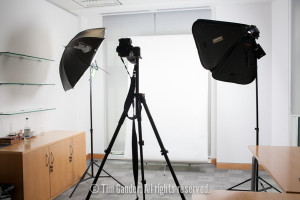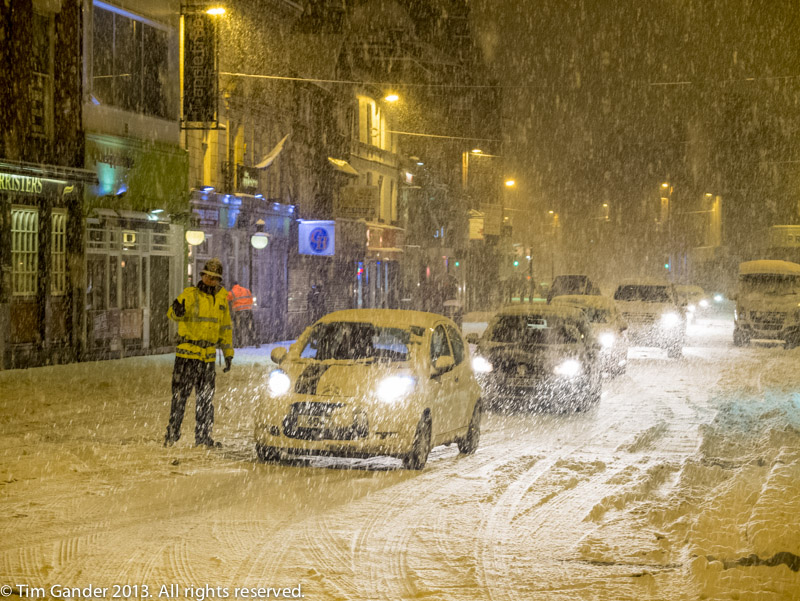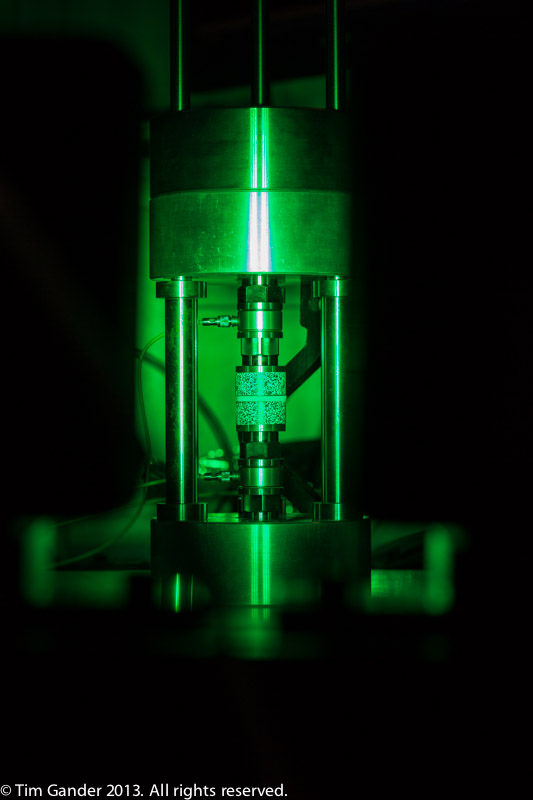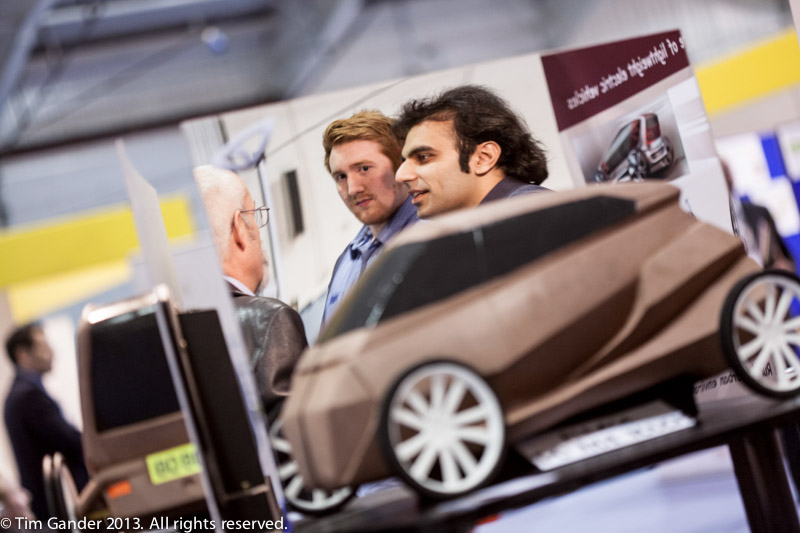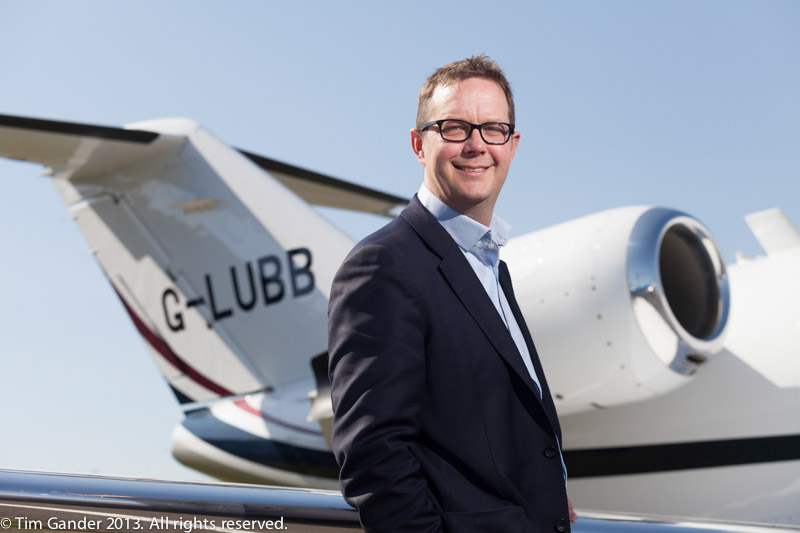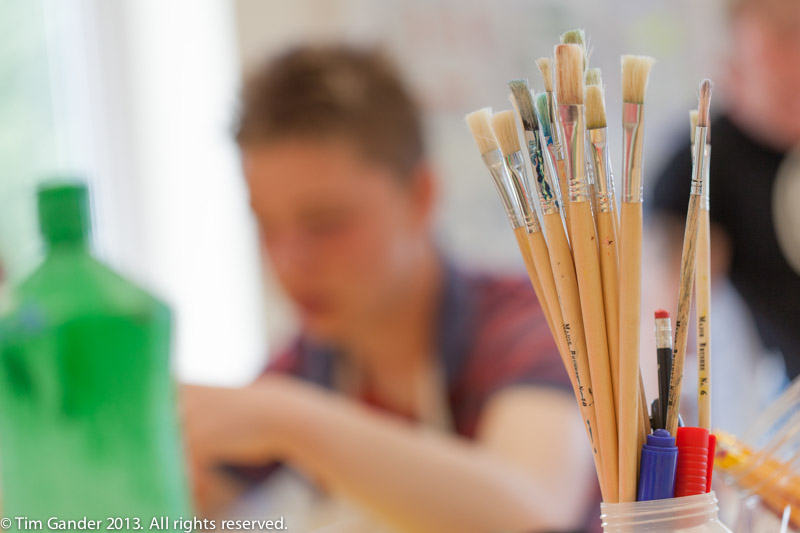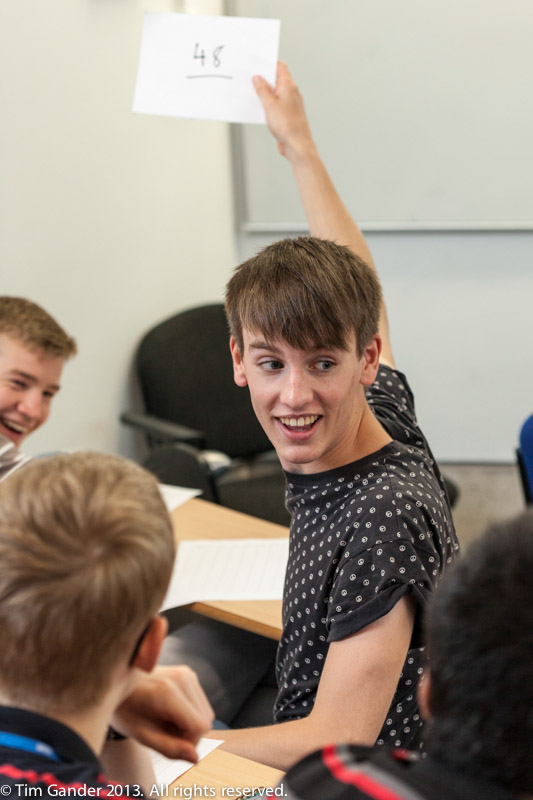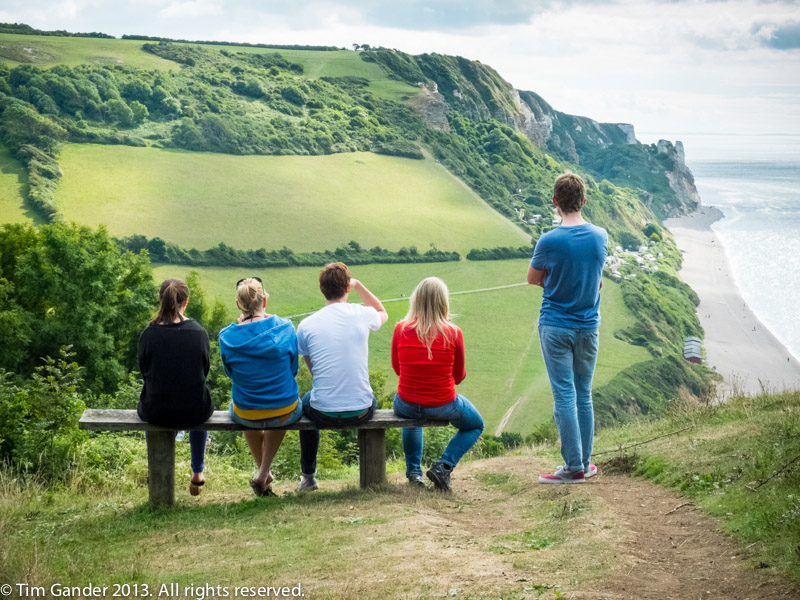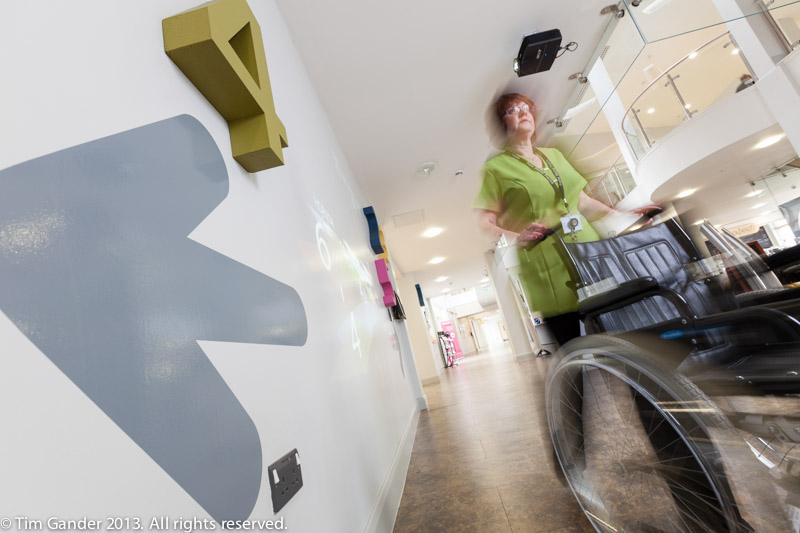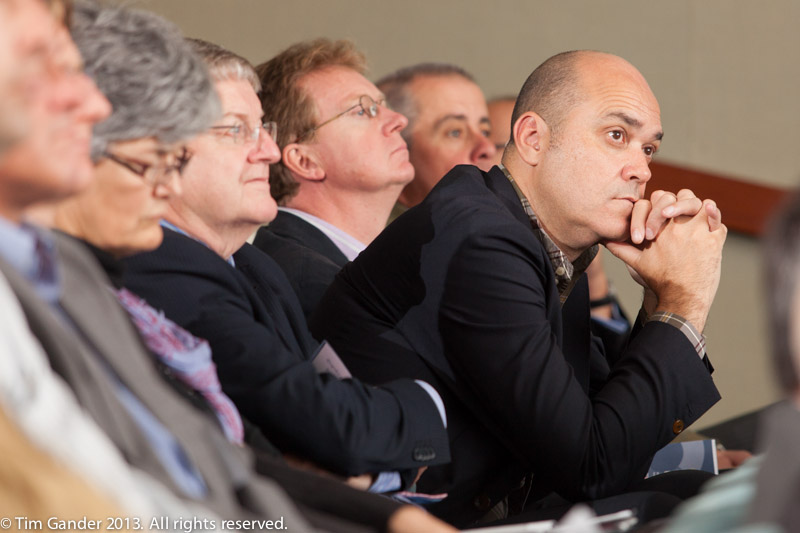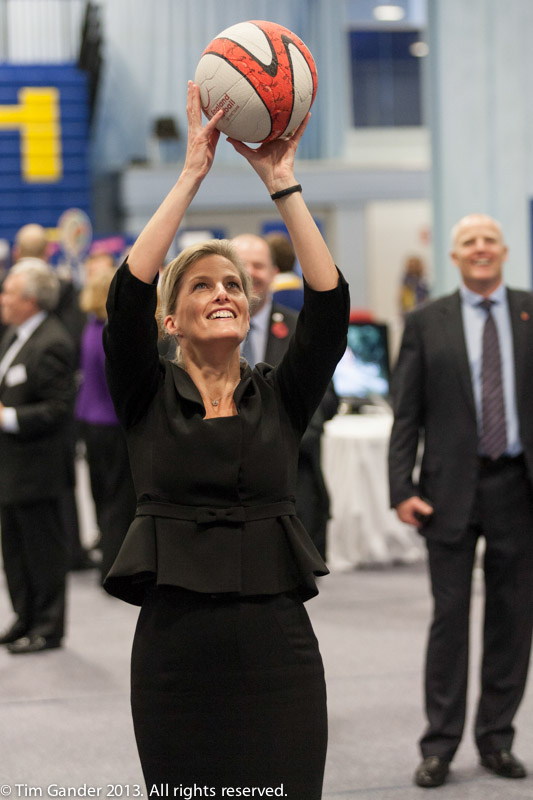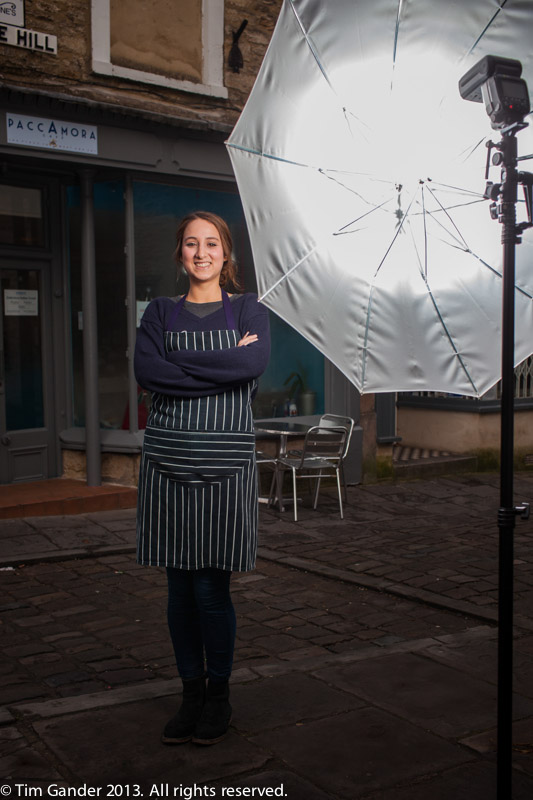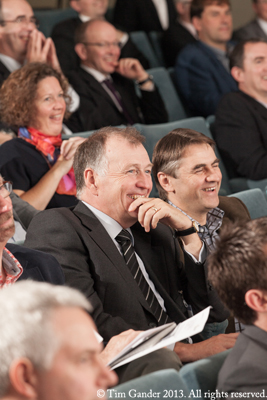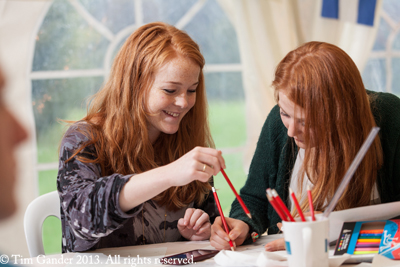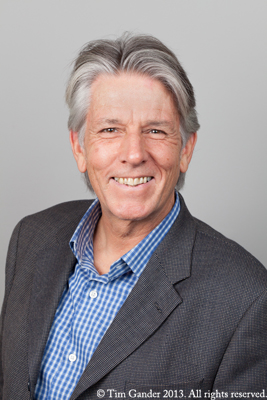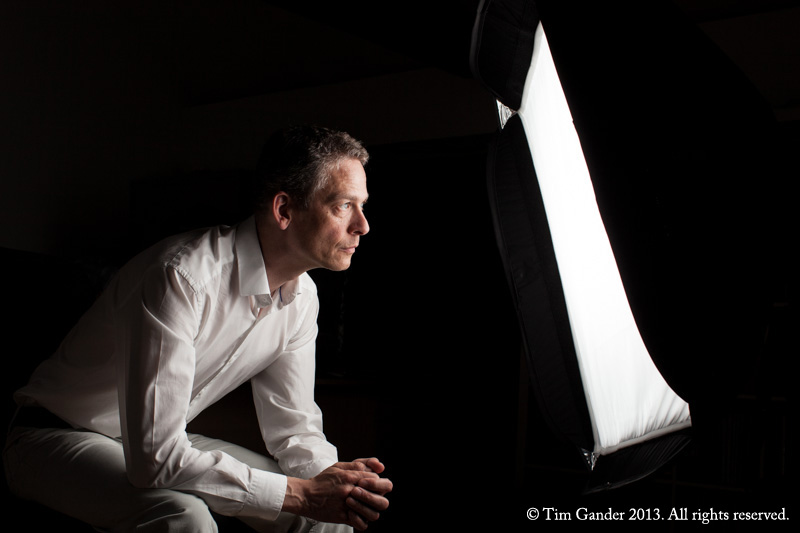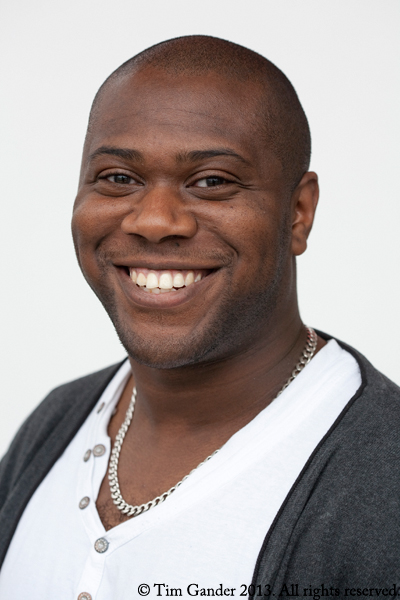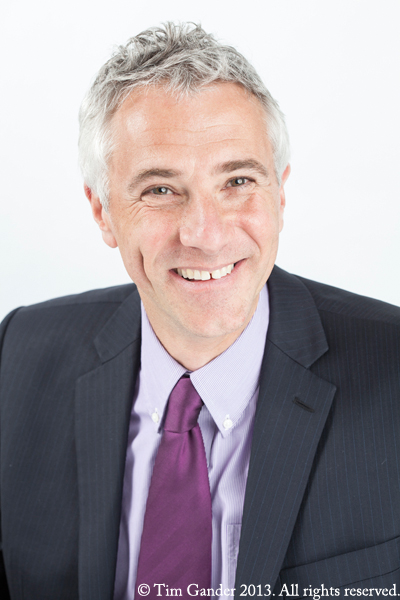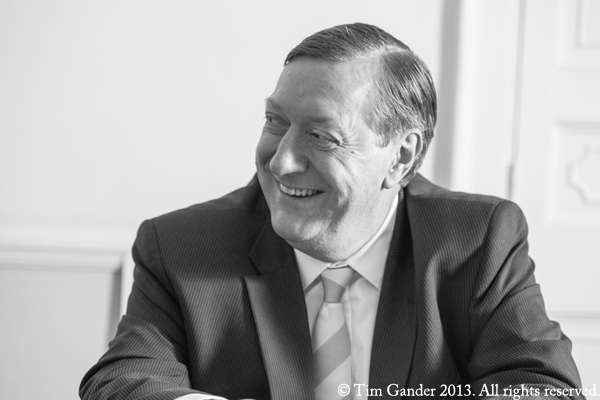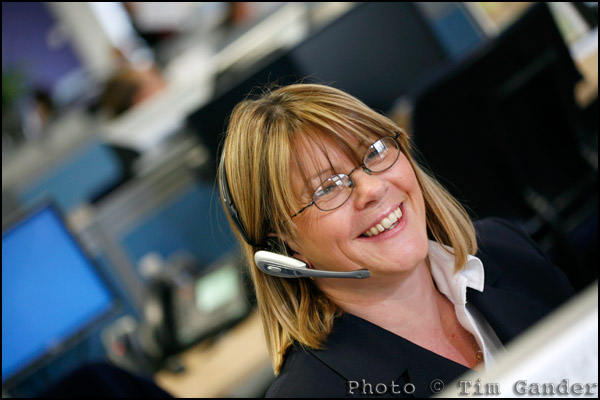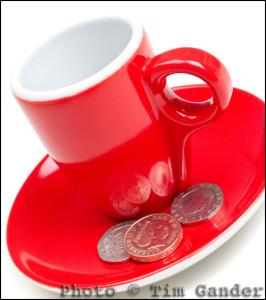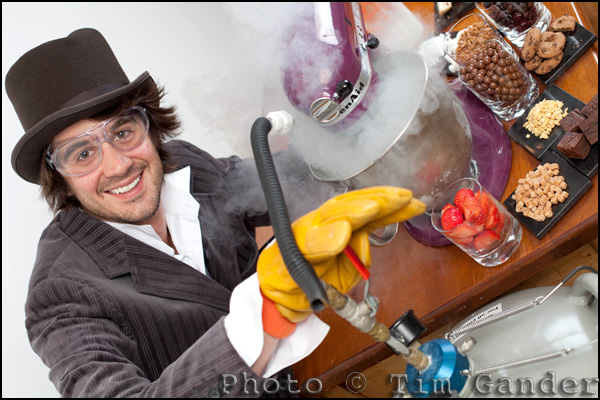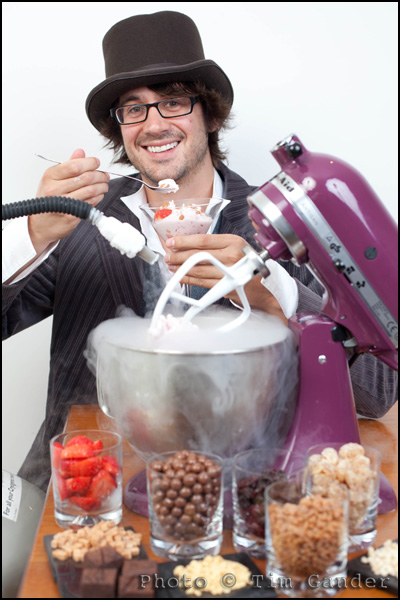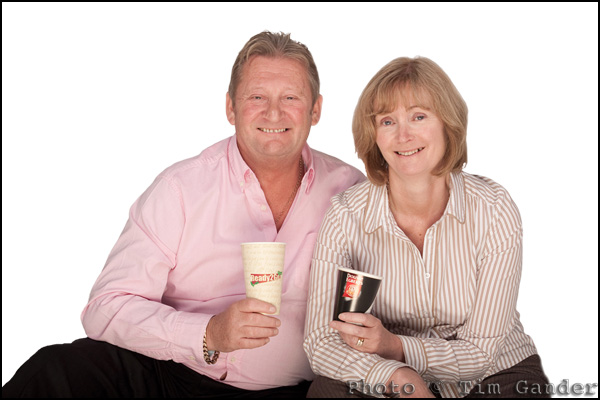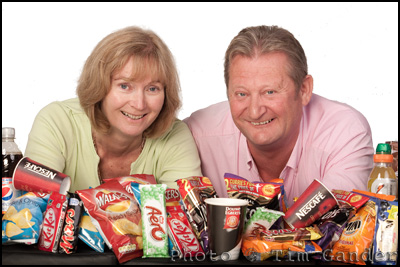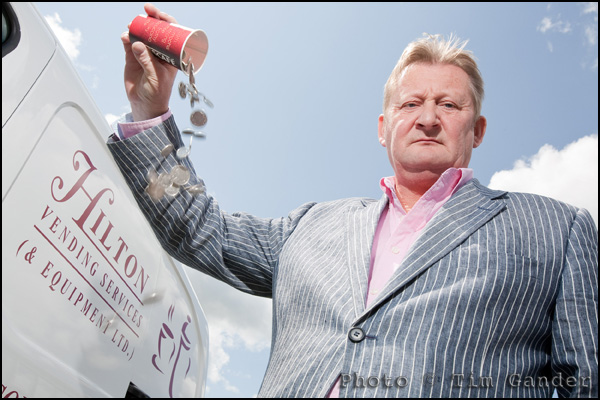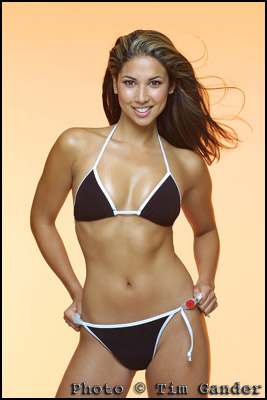If there is one thing I do an awful lot of, it’s business portraits. The days when businesses will tolerate having stock image models represent them on their websites and in brochures seem finally to have passed, at least among businesses wishing to maintain any kind of credibility in their marketing. If you’re a high-street accountancy firm in Bristol, pictures of orange-tanned, square-jawed Canadian actors pretending to be Bristol-based accountants just don’t really work any more.
In fact they never did, but fashions come and go and now I find I pick up a lot of business from clients wishing to obliterate any sign of perma-tan or American dentistry from their About Us pages. Heck, we’re not all super-models but we are who we are and shouldn’t try to hide behind fakery.
All this is great for my business, and as dull as it might sound to be photographing business people in air-conditioned offices on build-fill-repeat office parks all over the country, getting to meet so many people is fun and interesting. And part of my job is to put people at their ease, so there are always a few laughs involved. And laughing is medically proven to be good for you, so me and my clients are reaping health benefits too, right?
Now if you’re a business wanting to get away from the look of the business clone offered by iStockphoto, apart from a few minutes of your colleagues’ time as they sit for their portraits (this can take as little as 10 minutes!) the only other things I need are somewhere to park (as close to the office as possible is ideal as there is a fair bit of kit to carry in) and a spare meeting room.
I’ve included a photo of a typical set-up to give you some idea of the kind of space I need. It isn’t a huge amount, but it helps if tables can be moved and chairs tend to fill a room up pretty well, so if they can be taken out before the shoot this is really helpful.
The distance between myself and the sitter is usually less than 2 metres, and I need enough width to get a decent space between the lighting heads, but again 2 or 3 metres tops is ample.
All my equipment is battery powered, so no need to be near power sockets. In fact I was doing a portrait session in an office in Edinburgh last year when there was an unexpected power cut. Since none of the staff could get on with their work, I was able to work on through the list of names pretty efficiently.
So there you have it, if you use portraits on your website, in brochures or pitch documents, there’s no need to believe that getting proper shots of your people will be a massive logistical nightmare. If you’re still not sure, why not get in touch and I’ll be happy to tell you more about the practicalities and fees.

